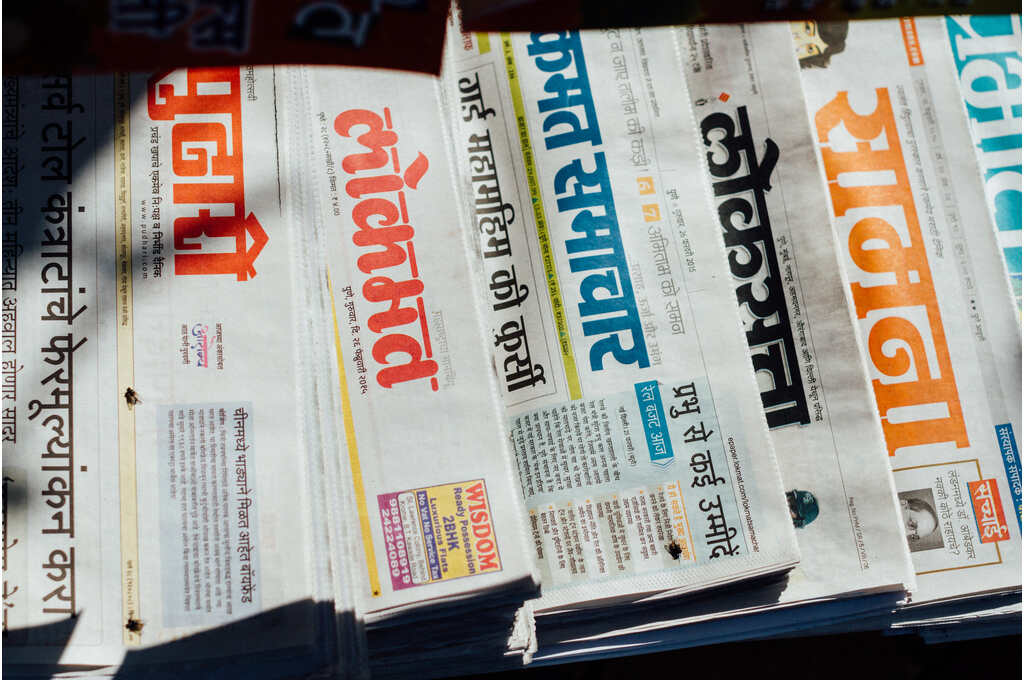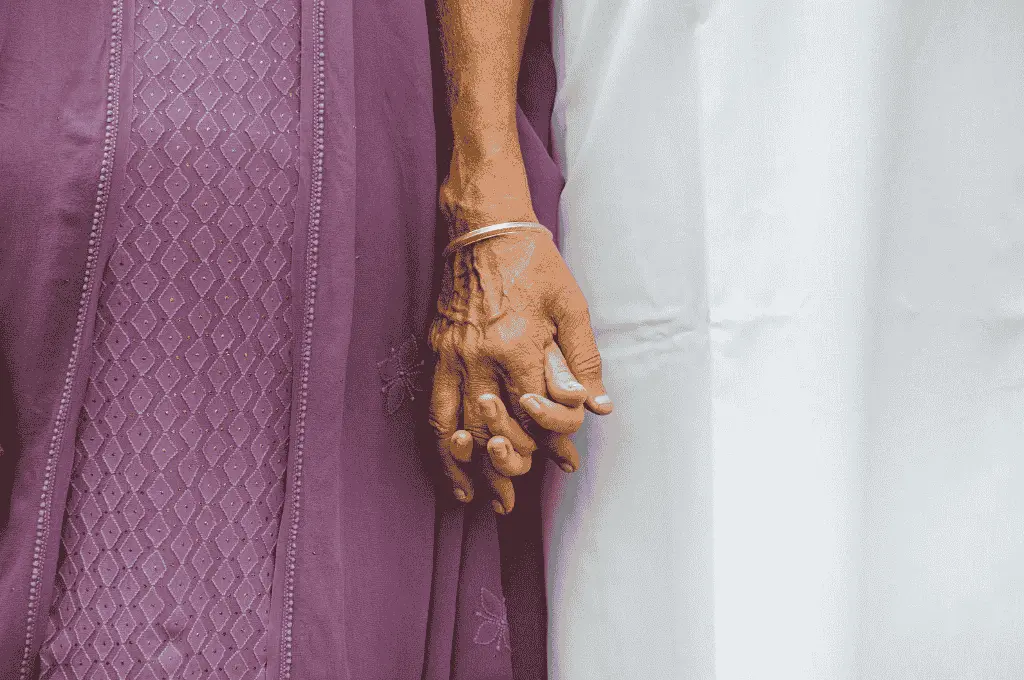Just ahead of World Suicide Prevention Day on September 10, the National Crime Records Bureau released sobering numbers on the incidence of suicide in India. Data shows that deaths by suicide reached an all-time high in 2021, with 7.2 percent more deaths compared to 2020. This follows another study published in 2021 which notes that India reports the highest number of deaths by suicide in the world. Many suicides are unreported, and so it is likely that the real numbers are even higher.
The good news is that suicide is preventable. In its report Preventing Suicide: A Global Imperative, the World Health Organization (WHO) identifies a number of interventions at a societal level that can help reduce the risk of suicide. A key strategy among these is responsible media reporting. Known as the Papageno effect, research shows that when the media reports on suicide in a way that reduces stigma and promotes help-seeking behaviour, it can positively impact suicide prevention efforts. Important aspects of responsible reporting include not using sensational headlines, not describing the methods used, providing information about where people can seek help, avoiding oversimplifications about the causes of suicide, and educating the public about suicide and its prevention.
Conversely, in a phenomenon known as the Werther effect, sensationalist news reports and irresponsible reporting—particularly in cases of celebrity suicides—can become a stimulus for subsequent imitation suicides. One study estimates that the risk of suicide increases by 13 percent after media coverage of a celebrity’s death by suicide. When the suicide method used by the celebrity is mentioned, the study also notes a 30 percent increase in deaths by the same method.
Despite overwhelming evidence that media reports have the potential to either strengthen or undermine suicide prevention efforts, the quality of suicide reporting in India continues to remain poor. More than two decades ago, the WHO first came out with a set of recommendations for media professionals on how to report on suicide. In 2019, the Press Council of India put out its own set of guidelines that were adapted from the WHO. It also encouraged media houses not to sensationalise stories about suicide or to report on suicide in a way that makes it seem a solution to any problem. Following this, there have been some positive shifts in how mainstream print media covers suicide, but more needs to change if we want to tackle the scale of the problem. According to data from SIREN, a project rating India’s major English-language newspapers on how they report suicide, more than 80 percent of articles used attention-grabbing headlines and close to 85 percent mentioned the method of suicide in the article. In contrast, only 17 percent provided help-seeking information such as helpline numbers and 0.72 percent focused on reducing stigma and highlighting that suicides are preventable.
What needs to change in how the media reports suicide?
“We’ve been thinking about this a lot, and it isn’t an easy puzzle to crack,” says Tanmoy Goswami, a suicide prevention advocate and founding editor of Sanity, an independent mental health storytelling platform. “The first impulse is to say, ‘Is there a way in which we can censor platforms that don’t follow these guidelines?’ But penalising doesn’t work in the larger scheme of things; instead, we need to incentivise the media to report with sensitivity,” he adds.
Dr Lakshmi Vijayakumar, a member of the WHO’s International Network for Suicide Research and Prevention and the founder of SNEHA, a Chennai-based organisation working on suicide prevention, echoes this sentiment. “As advocates for suicide prevention, we have to understand that suicides are newsworthy and news stories on the topic will be published. They cannot be banned. So instead of flaying the media about what they are doing wrong, we are hoping to encourage the media to do right and actually save lives,” she says.
Both agree that there is no silver bullet to make this happen and that we need a variety of solutions and stakeholders to work together for the media to change how it reports suicide.
1. Enforce existing reporting guidelines
Various resources and toolkits on how to report suicide exist. Consequently, according to Tanmoy, it’s no longer about the lack of information, but a matter of whether people in media organisations care enough to operationalise guidelines. “It’s a very simple checklist that needs to be followed. If the desk is editing a piece on suicide, they need to have the checklist right in front of them. Having worked on the desk for many years, I know that editors maintain all kinds of checklists. Newsrooms know how to follow guidelines when it comes to reporting humanitarian crises or other tragedies, but when it comes to suicide everyone thinks it’s fair game since it gets a publication clicks and views.”
While this may seem straightforward, the root of the problem runs deeper. A study examining the experiences and perspectives of media professionals reporting on suicide found that several had doubts about the preventive role that the media could play. A majority were not aware of the existing national and international guidelines, while some were also skeptical about the impact a news story could have on imitation suicides. “At the trainings SNEHA conducts with journalists, I’ve had people come up to me and say that one story is not going to make a difference. Yes, one story may not directly lead to more suicides, but it can be a trigger for some and that is what we need to focus on,” says Dr Lakshmi. For things to change, media professionals at all levels—from reporters to editors to senior management—first need to themselves believe that suicides are not inevitable and can be prevented. Only then can they challenge these myths in their reporting.

2. Report suicide from a public health lens
A major shift that needs to happen within media organisations is for suicide to be reported by health reporters and not crime reporters. In 2017, the Mental Healthcare Act decriminalised suicide in India. Despite this, data for suicide continues to come from the National Crime Records Bureau and most news publications still cover suicide as part of the crime beat. “When you talk about suicide as a crime, you talk about it differently than you would if you were talk about it as a public health issue. Health reporters are trained to think about it from a prevention angle; they think about access to services and community-based interventions,” says Priti Sridhar, CEO of Mariwala Health Initiative, a mental health–focused funding and advocacy organisation.
Even when crime reporters are trained to report suicide sensitively, they aren’t around long enough to change things.
To complicate matters, Dr Lakshmi observes that health reporters often stay in their roles much longer than crime reporters. So even when crime reporters are trained to report suicide sensitively, they aren’t around long enough to change things, and a new set of crime reporters needs to be trained. Another major issue is that, in most newspapers, the person who writes the story is different from the person who writes the headlines. So, the story may be very well reported, but it is completely out of sync with the headline, the job of which is to grab eyeballs. “As one journalist told me, ‘Suicide is clickbait,’” she adds.
It is often precisely the economics of the news business, which is driven by clicks and views, that gets in the way of nuanced reporting on suicide. “There’s very little incentive for newsrooms to move away from sensational reporting,” says Tanmoy.
3. Link suicide to other structural factors
“What I see happening right now is the oversimplification of suicide when reporting,” says Priti. “The first thing stories do is to link suicide to mental health issues such as depression or stress. But this is a very Western approach to understanding suicide that simply doesn’t hold true in India. Here, more than 50 percent of suicides are due to other factors such illness, relationship issues, or financial loss. Suicide is not an individual problem; it is embedded within social, political, economic, ethical, and historical contexts, and the media needs to start understanding suicide from this lens,” she adds. We see this in the latest numbers from the National Crime Records Bureau too, which highlight how family problems and illness were attributed as the cause for more than 50 percent of deaths by suicide in 2021.
And so, to report responsibly on suicide, stories need to go beyond assuming mental illness and look at the systemic factors that might shape an individual’s death by suicide, particularly those from marginalised communities. This would require understanding the unique stressors that people experience, and not just talking about the act of suicide. For instance, when reporting on the suicide of a queer trans person, the article needs to acknowledge that there is a high rate of suicide within this community. Reporters must speak to peers in the community to get a true picture of their lived experience in a way that is not stigmatising. And, most importantly, it should link to larger policy changes that are needed, such as the inclusion of trans people in education and employment.
Mental health practitioners have a big role to play when it comes to changing the perception of suicide as an individual problem.
According to Tanmoy, mental health practitioners, especially psychiatrists, have a big role to play when it comes to changing the perception of suicide as an individual problem. “Medical professionals are still held in very high regard in our society. And if they start talking about the fact that suicides are not just linked to mental health and that they are caused by psychosocial factors, then maybe society will start looking at it differently. And then perhaps suicides will not be sensationalised, and there will be a better structural understanding of suicide. You can’t start fixing this problem from the media; you have to start upstream. Unless people have a clear conception of what suicide is all about, you can’t expect them to start reporting on it differently.”
On a more hopeful note, Tanmoy concludes, “It’s easy to feel cynical and hopeless when you see the pace at which things are changing. The media industry doesn’t often get credit for doing things right, so I think it’s important to acknowledge that things are changing. Just the fact that we have enough entries for the Project SIREN awards, which would not have been the case a few years earlier, gives me hope. Considering this problem has been decades in the making, we have to celebrate the small wins.”
Sneha Philip contributed to this article.
If you or anyone you know is struggling with suicidal thoughts, help is available at iCALL (9152987821) or any of the helplines listed here.
—
Know more
- Read these media guidelines for reporting suicide.
- Learn more about why suicide prevention needs a psychosocial, intersectoral, and public health approach.
- Read this article to learn how effective pesticide regulation can serve as a suicide prevention mechanism.
Do more
- If you’re a media professional reporting on suicide, use this tool to check if your article follows the basic reporting guidelines.




